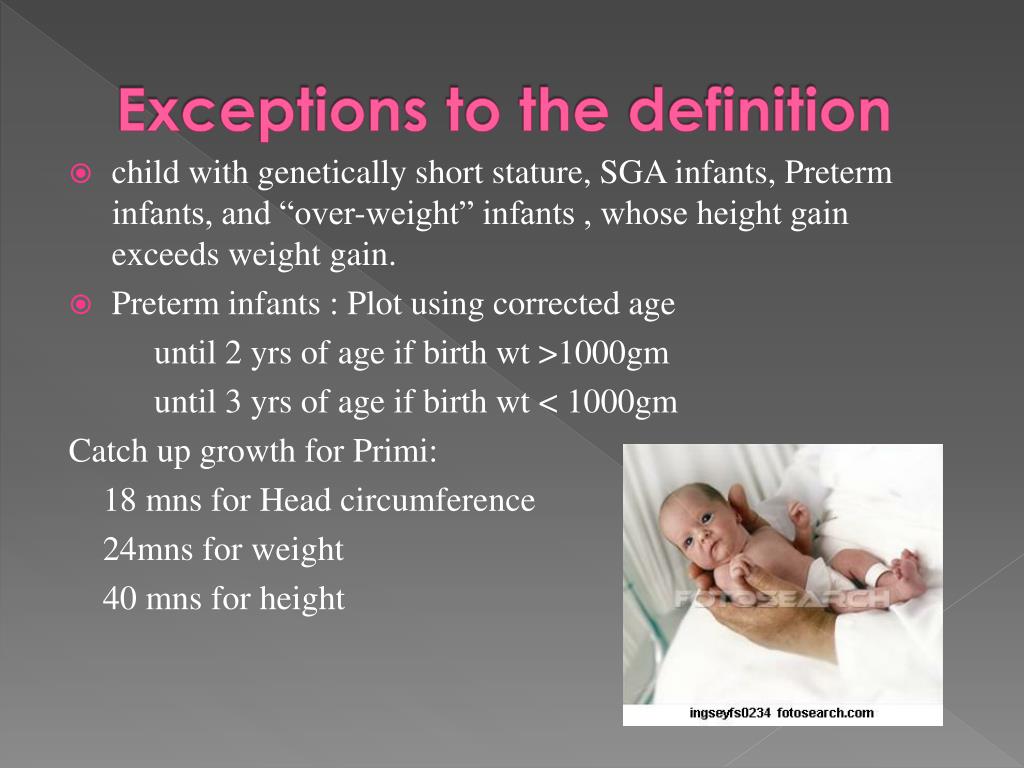
Know how you can contact your child’s provider after office hours. If your child has a follow-up appointment, write down the date, time, and purpose for that visit. Know what to expect if your child does not take the medicine or have the test or procedure. Know why a test or procedure is recommended and what the results could mean. Also know what the side effects are.Īsk if your child’s condition can be treated in other ways. Know why a new medicine or treatment is prescribed and how it will help your child. Also write down any new instructions your provider gives you for your child. Know the reason for the visit and what you want to happen.īefore your visit, write down questions you want answered.Īt the visit, write down the name of a new diagnosis, and any new medicines, treatments, or tests. Tips to help you get the most from a visit to your child’s healthcare provider: In severe cases, neglect or abuse may lead to FTT if food is kept from a baby on purpose.įTT can be prevented by seeking early help with a child’s nutritional needs. In some cases, a family may not understand what a baby needs. Or a baby or child may take in enough food, but not be able to absorb enough nutrients and calories.Ī baby or child with an ongoing (chronic) health condition may also need more calories and nutrients than normal. A baby or child may not be getting enough nutrients and calories. It’s caused by a baby or child not having enough nutrition.Ī child with FTT is at risk for problems such as short height, behavior problems, and developmental delays.įTT has many possible causes.

Key points about failure to thrive in childrenįailure to thrive is slow physical development in a baby or child.

Symptoms that don’t get better, or get worse When should I call my child’s healthcare provider?Ĭall the healthcare provider if your child has: The problem can be prevented by seeking early help with a child’s nutritional needs. How can I help prevent failure to thrive in my child?

What are possible complications of failure to thrive in a child?Ī child with FTT is at risk for problems such as: The healthcare providers will work with the family to find the cause of FTT, and help the child get more nutrition. Your child may need to see more than one healthcare provider, such as: It will also depend on how severe the condition is. Treatment will depend on your child’s symptoms, age, and general health. How is failure to thrive treated in a child? The exam will include checking the baby's growth, development, and functioning. The provider will give your child a physical exam. Babies are weighed and measured by a healthcare provider during routine checkups. How is failure to thrive diagnosed in a child?įailure to thrive is usually diagnosed by a healthcare provider. Make sure your child sees his or her healthcare provider for a diagnosis. The symptoms of failure to thrive can be like other health conditions. Learning and behavior problems in older children Lack of age-appropriate social response, such as smilingĭelayed physical movement changes (motor development) Low height (or length, if a baby) for age Symptoms can occur a bit differently in each baby or child. What are the symptoms of failure to thrive in a child? Which children are at risk for failure to thrive?Ī child is more at risk for FTT if he or she is in a family that has problems with poverty, high stress, or parental coping skills. In severe cases, neglect or abuse may lead to FTT if food is kept from a baby on purpose. Or they may not provide the right kinds or amounts of food. In some cases, a family may not have enough support or understanding of what a baby needs. This may be the case with congenital heart disease or a genetic syndrome. This can occur if a child has a problem such as:Ī baby or child with an ongoing (chronic) health condition may also need more calories and nutrients than normal. Has developmental delays that cause feeding problemsĪ baby or child may take in enough food, but not be able to absorb enough nutrients and calories. Vomits food repeatedly, such as from severe gastroesophageal reflux

Is not given solid food at an appropriate age Is not given enough breastmilk, formula, or food In some cases, more than one thing may cause it.Ī baby or child may not be taking in enough nutrients and calories. What causes failure to thrive in a child?įailure to thrive has many possible causes. It’s caused by a baby or child not having enough nutrition. Failure to Thrive (FTT) in Children What is failure to thrive in children?įailure to thrive (FTT) is slow physical development in a baby or child.


 0 kommentar(er)
0 kommentar(er)
